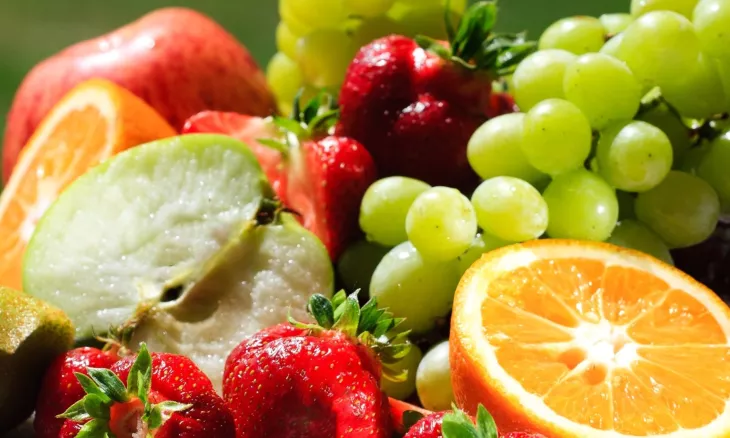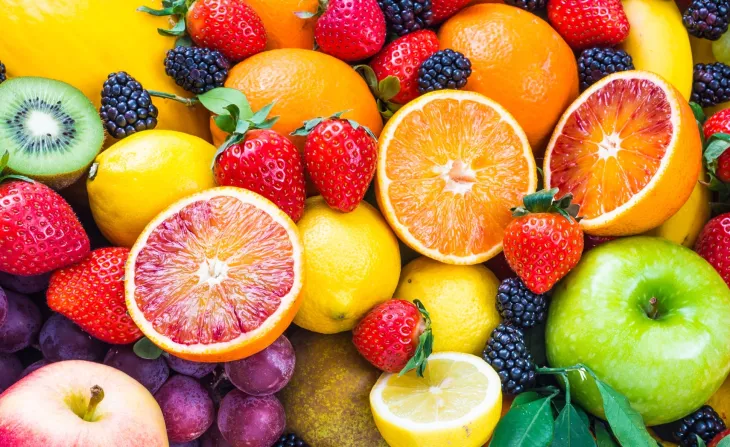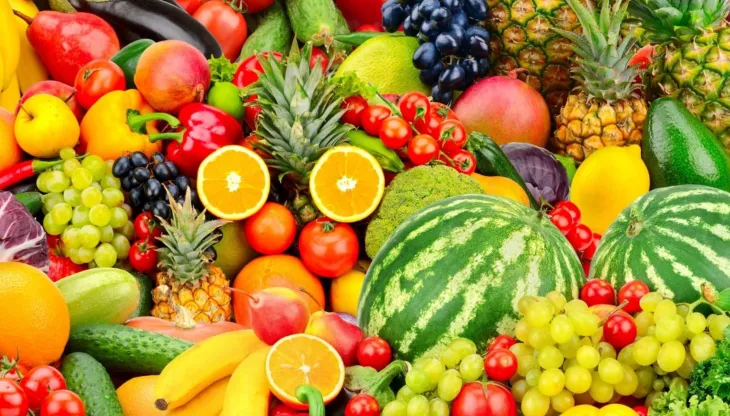The summer fruits are one of the cornerstones of the Mediterranean diet, as well as a valuable aid for the welfare of the whole organism. Precisely during the hottest season, nature gives us products rich in taste and generous from a nutritional point of view, essential to recharge the body and mind given the following autumn. But which fruits of the summer to consume, which are the most common and what benefits can they bring to health?
Consuming fruit is one of those good habits that ward off many health problems, from heart problems to weight and cholesterol control. A need that must be met throughout the year, but which becomes even more evident in the summer. Due to the high temperatures, the body is more likely to lose important elements such as mineral salts and other nutrients with sweating, and fruit is one of the richest sources.
Never missing summer fruit on the table offers numerous benefits, especially in the hottest periods of the year.
Sweating: These foods help to recover many of the mineral salts, such as potassium and magnesium, which are eliminated by sweating. A lack of these nutrients could lead to annoying consequences, such as muscle pain and excessive fatigue;
Hydration: During the summer it is natural to lose a lot of water, which must be replenished not only by drinking but also and above all by taking advantage of the refreshing summer fruits;
Digestion: Since it is rich in fibre, summer fruit helps the entire digestive process, especially in the colon. It can stimulate intestinal transit, reducing problems such as swelling or constipation;
Skin and tissues: All seasonal fruits contain high amounts of vitamins useful for the skin and tissues. A stimulates cell turnover in the skin and helps the production of melanin, which is essential for a perfect tan. E, on the other hand, counteracts the action of free radicals and cellular ageing, reducing wrinkles and making skin and nails healthier;
Weight: Frequent consumption of fruit facilitates weight loss, acting on the front of water retention and the accumulation of fat.
What is commonly considered summer fruit does not always represent the variety of the season. In the common imagination, species of tropical origin are associated with this period, from the passion fruit to the plane tree, which however is not typical of the Mediterranean summer.
All foods that are then grown in remote places, with few exceptions, and imported on the boot with an important impact on the environment in terms of greenhouse gas emissions. But how to choose truly seasonal strains in the face of such confusion?
Local production: cultivation that is as local as possible, better still zero kilometres, is almost always a guarantee of respect for the seasonal cycles of nature. And the burden on the environment is reduced since transport costs are almost irrelevant;
Traditional varieties: relying on fruit well-rooted in the Mediterranean food tradition ensures respect for seasonality. When you go to the greengrocer or the market, you prefer fruits that are well known and rooted in the Italian food culture, avoiding excessively exotic alternatives;
Cultivation: it is also useful to inquire from your trusted supplier about the origin of the fruits you are buying, for example, is grown in a greenhouse or the ground, if locally produced or imported.
The list of the most popular summer fruits
Watermelon and melon are the two most popular and popular summer fruits, as they have always been a symbol of the hot season. Starting from the watermelon - also called watermelon - it is a low-calorie and thirst-quenching proposal, considering how it is composed of 90% water.
Even melon is always present on the tables from June to late September, often in savoury combinations with hams or cheeses. It is rich in beta-carotene, which stimulates tanning and strengthens the immune system.
Peaches and apricots are certainly the most traditional proposals of the period, present in all kitchens and with production spread throughout the territory of the boot. Peaches - also in the nectarine variety - mainly provide vitamins A, E and K. They, therefore, strengthen the tissues and skin, help the immune system and stimulate the proper functioning of the heart. Meanwhile, apricots ensure a good supply of vitamin A and mineral salts, also favouring the absorption of vegetable iron thanks to vitamin C.
The medlar is considered one of the most useful sources to retrieve minerals during the hottest days. They contain good doses of magnesium and potassium and are also rich in fibre.
For those who love red fruit or forest varieties, strawberries, cherries and raspberries can never be missing from the pantry. Strawberries rehydrate and offer numerous mineral salts, as well as essential vitamins, such as folic acid (vitamin B9). Cherries attract with their sweet taste and also have anti-inflammatory effects, thanks to a high content of vitamin C . Raspberries, on the other hand, are indicated for circulation, so much so that they are preventative for blood clots and clots.
Summer fruit is very versatile and can therefore be consumed in various ways, even lending itself to some creative recipes. There is certainly no shortage of ideas, here are the most common uses :
Fresh consumption: it is the best way not only to test the taste but also to take advantage of all the nutritional principles, which instead risk being degraded during cooking;
Fruit salad: it is one of the ubiquitous summer recipes, capable of mixing different flavours for a refreshing effect. Just cut your favourite fruit into cubes and add some orange or lemon juice. However, it is better not to sweeten with sugar, so as not to overdo it with carbohydrates;
Cakes and tarts: almost all summer fruits are suitable as ingredients for cakes, cut into small pieces in the dough, or to decorate the surface of a delicious tart;
Jams: summer is the season for jams and marmalades, to be made in order not to give up the taste of these fruits throughout the year;
Popsicles and Ice Cream: The juice from this fruit can be mixed with water and frozen, to get into DIY popsicles. Or it can become the cornerstone of ice creams and sorbets, both in small pieces and transformed into a soft cream.

























